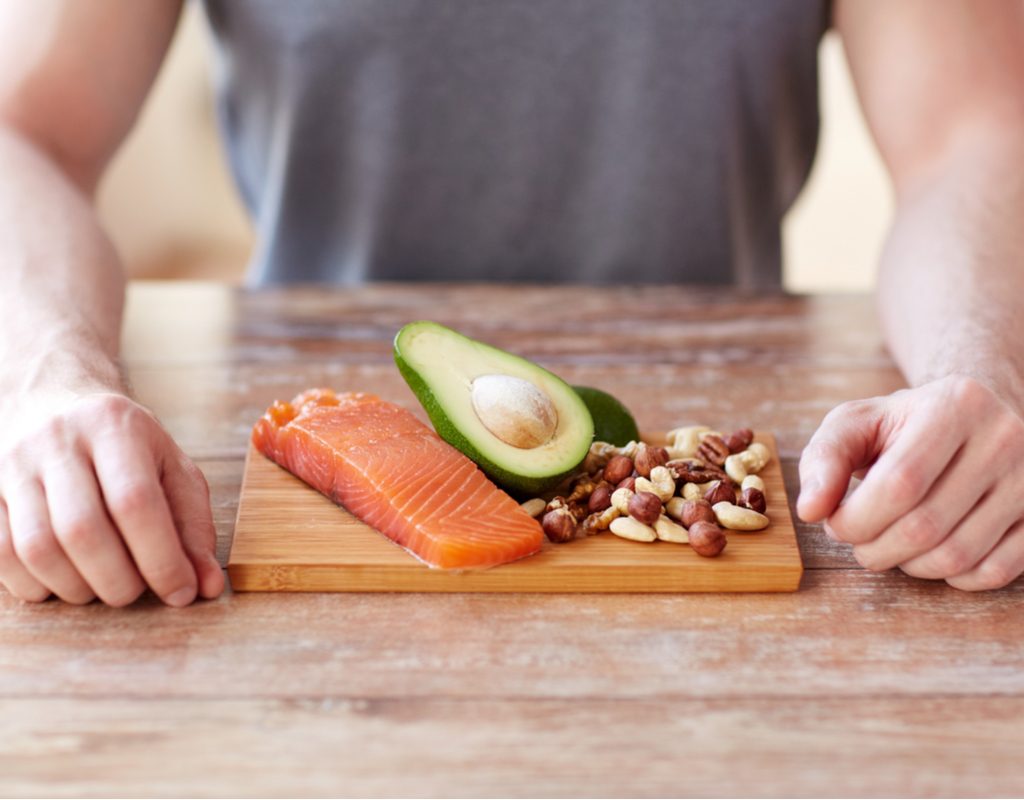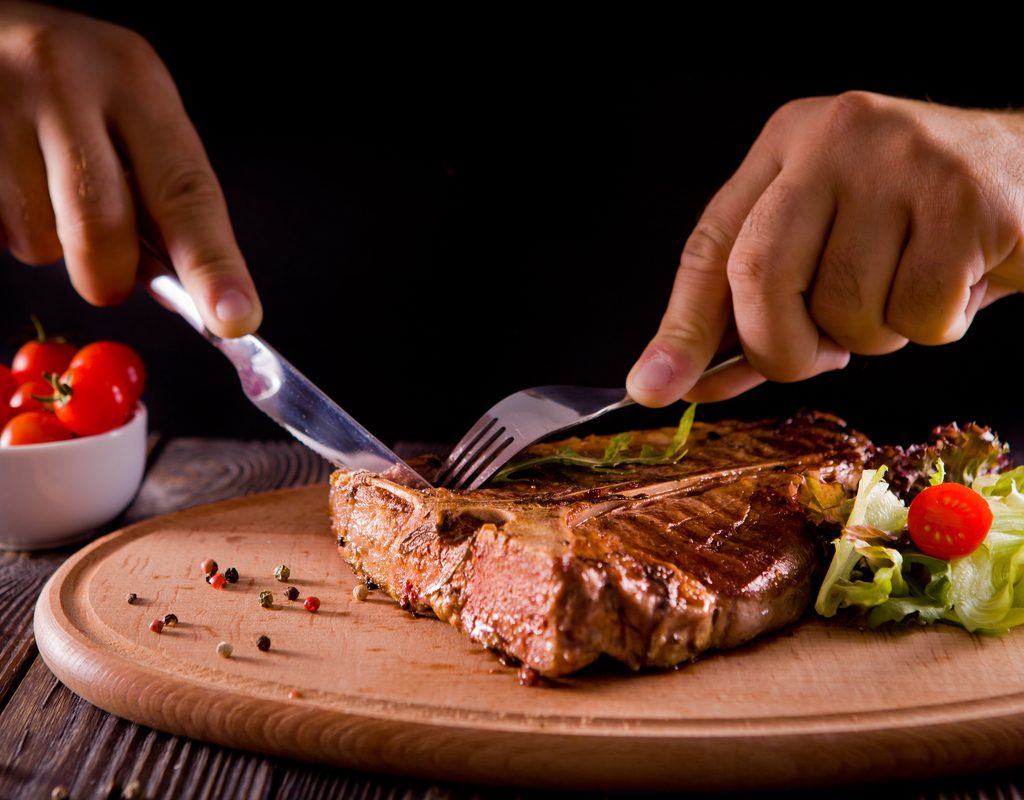
Remember the grapefruit diet? That first came into prominence during the Truman administration. And decades before that, flappers in the Roaring Twenties followed the cigarette diet to manage their weight. Long story short, fad diets in America are a phenomenon tracing back decades. These days, we’re very fortunate to have the weight of modern science behind our diet plans. Two of the most popular such diets are paleo and keto, and both are a far cry from the days of diets based on starvation and carcinogens.
However, these two plans are often confused with each other. Both rely on fairly precise nutritional requirements, so it’s important to know what each one entails so you can determine which, if either, best fits your lifestyle.
Here’s everything you need to know about the paleo and keto diets, so, if interested, you can make the decision that’s right for you.

What exactly is paleo?
The paleo diet gets its name from the paleolithic era, a time period eons ago when the earliest human beings roamed the earth. This era predates farming, meaning these early humans lived solely on hunting and gathering. The modern paleo diet follows this ancient dietary pattern, dismissing any foods that arose as a result of farming or processing. The modern paleo diet is flexible, however, allowing minimally processed items, like olive oil, in which the ingredients themselves are paleo, even if the final product didn’t exist in the paleolithic era.
Broadly speaking, paleo diet proponents say that mimicking these old ways of eating is more in harmony with our natural biology than a typical contemporary diet. This means more effective and efficient functioning in the body, including its ability to burn calories.
Although it is lower in carbohydrates than the average diet, it’s not specifically a low-carb diet per se. The contemporary paleo diet consists of:
- Lean meats that are minimally processed
- Fish and other seafood
- Eggs
- Fruit
- Vegetables
- Nuts and seeds
- Healthy fats like olive oil
- Sweeteners including honey or monk fruit
Foods that are not allowed under the paleo diet include:
- Sugar
- Grains
- Dairy products
- Legumes
- Potatoes
- Unhealthy fats like vegetable oil
Although the paleo diet can seem restrictive, it can pay dividends, encouraging weight loss, improving blood sugar control, and controlling appetite.

What is keto and how does it differ from paleo?
Like its paleo cousin, the ketogenic or keto diet can help you lose weight while also warding off cancer and reducing other health risks.
Keto differs from paleo in that it is more similar to a classic low-carb diet such as Atkins. In fact, the diet gets its unusual name because consuming a minimal amount of carbs leads to ketosis, a metabolic state in which the body begins burning fat for fuel instead of carbohydrates.
The following foods are acceptable under a ketogenic diet:
- All meat (including red meat or any other that does not contain carbs or sugar)
- Eggs
- Dairy products
- Low-carb vegetables, including greens and tomatoes
- Healthy fats like olive or coconut oils
- Low-carb sweeteners like monk fruit and sugar alcohols
The following foods are not acceptable in a keto diet:
- Fruit
- Sugar
- Grains
- Legumes
- Root vegetables like potatoes or carrots
- Unhealthy fats like vegetable oils
- Honey, agave nectar, and other high-carb sweeteners
These two diets have a lot of overlap, but there are key differences. For example, paleo diets can include fruits, while keto does not allow fruit and is more restrictive with vegetable consumption. However, both put strict limits on highly processed foods. That means you’ll be eating “whole” foods that have not been processed at all or only minimally. Because processed foods tend to be higher in sugar, carbohydrates, and calories, cutting these out can encourage weight loss and give your body a more complex, robust energy source.
Ultimately, you are the best person to decide which diet plan is right for you. However, people with a sweet tooth may be more inclined to go for the paleo diet, where fruit, honey, and natural maple syrup are allowed. On the other hand, carnivores may appreciate the keto diet, which is more permissive around animal protein, including red meat, which is discouraged under the paleo diet.
Both diets yield benefits in terms of weight loss and energy maintenance. However, keep in mind that restrictive diets can result in limiting your intake of crucial macronutrients. Speak to your doctor before embarking on either of these plans and listen to your body to determine which lifestyle best for you.
BlissMark provides information regarding health, wellness, and beauty. The information within this article is not intended to be medical advice. Before starting any diet or exercise routine, consult your physician. If you don’t have a primary care physician, the United States Health & Human Services department has a free online tool that can help you locate a clinic in your area. We are not medical professionals, have not verified or vetted any programs, and in no way intend our content to be anything more than informative and inspiring.


